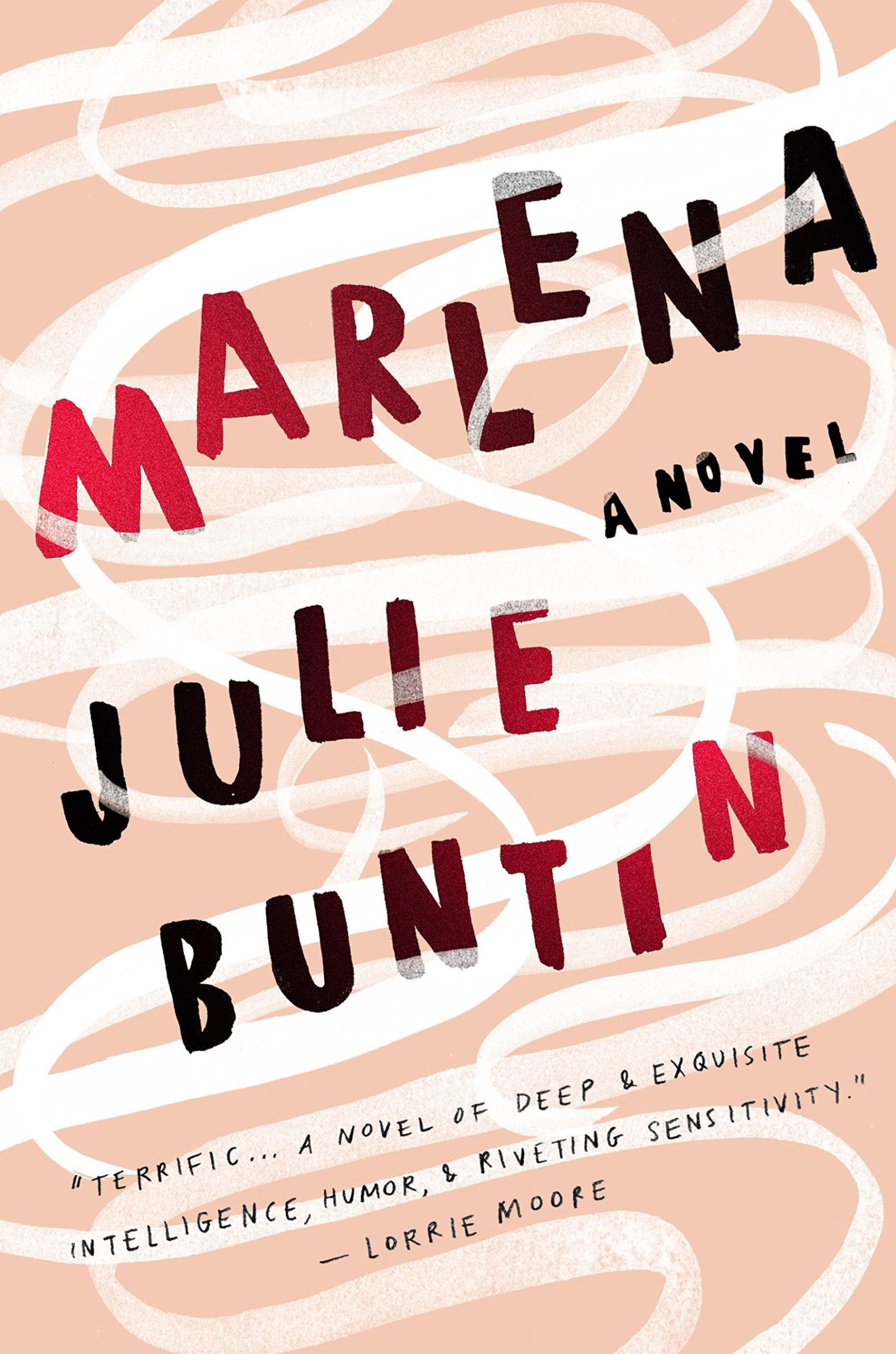
It’s reading something and jumping into the conversation to say, yes, it was this way for me too. I think it starts with love, with resonance, with the exhilarating feeling that what you’ve read articulates something you’ve always felt but never had the words for. As if a girl sitting on a picnic table with a stolen pack of cigarettes could be the hero of a novel. As a teenage girl who, like Berie, felt “something deeply sad had been born buried in me, stirring occasionally inside like a creature moving in sleep,” by extension, I felt important too. Berie and Sils were girls I knew, but they were drawn in language so bright and unfamiliar and precise that even their nonsense songs seemed important. The book hit me on the level of music, as poetry so often did (the sentences!), but there was story, too. There was humor in the half-buried stick in the sand, in the way someone had carved NO into the table wood and then crossed it out. I finished Who Will Run the Frog Hospital? on one of those mornings and looked up to find the sun rising on a changed world, every tiny detail a little sharper for my brain having been dunked in Moore’s sensibility. Mornings, at dawn, I’d sneak out of the dorms and down to a picnic table on the lakeshore to smoke and read-it was too early to get caught, and I liked reading in the blurry space between night and day. I read it first as a teenager attending a boarding school I felt sure had made an egregious error in letting me in, let alone in granting me a scholarship. Every time I read it-I’ve lost track of how many-it feels like discovering a new book, and over and over again I’m stunned by how vividly, and in how few pages, it captures the potency of girlhood and the way those years can reverberate through an entire life. Lorrie Moore’s Who Will Run the Frog Hospital? is 147 pages long. Writing in the April 23 New York Times Book Review, Deborah Shapiro greets Marlena as a “generous, sensitive novel of true feeling” and “a painful exorcism and a devoted memorial to friends and selves who are gone.”īelow, Buntin pays tribute to the 1994 Lorrie Moore novel that was crucial to her development as a writer. She quickly becomes friends with her neighbor and fellow teen Marlena, little realizing that their fraught relationship is going to have consequences that will continue to haunt her decades later. Set in Buntin’s native northern Michigan, Marlena is the story of fifteen-year-old Cat, who has to contend with reduced circumstances and a move to a rural town after her parents’ divorce.

Marlena by Julie Buntin (Henry Holt and Co., 2017).

Our series of guest posts by contemporary writers returns with a contribution from Julie Buntin, whose debut novel Marlena was published earlier this month by Henry Holt and Company. Julie Buntin: Liberated by Lorrie Moore’s Who Will Run the Frog Hospital?


 0 kommentar(er)
0 kommentar(er)
